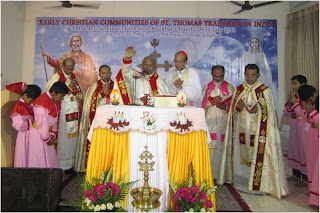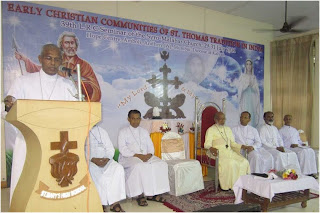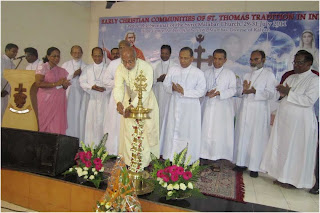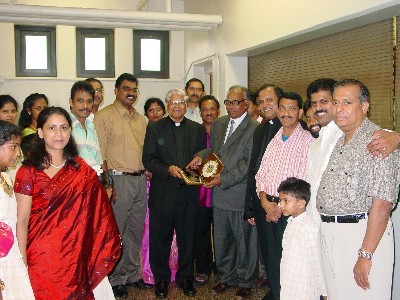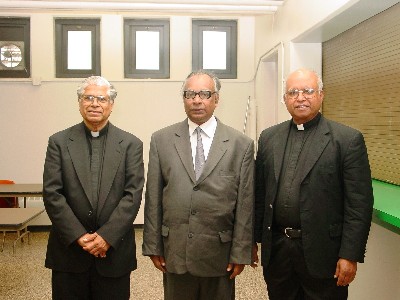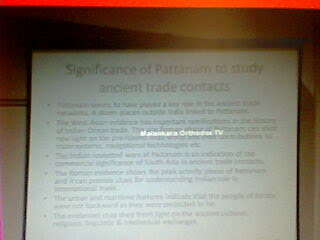Muziris: Dr. Nagaswamy nails false propaganda on St. Thomas – Media Reports
“When looking at the literature on the life of St. Thomas, it is not mentioned anywhere that he came to India.” – Dr. R. Nagaswamy
 “When looking at the literature on the life of St. Thomas, it is not mentioned anywhere that he came to India. It is only a myth, which has now been connected with the excavations at Pattanam, near Kodungalloor,” the former visiting professor of Jawaharlal Nehru University told Express.
“When looking at the literature on the life of St. Thomas, it is not mentioned anywhere that he came to India. It is only a myth, which has now been connected with the excavations at Pattanam, near Kodungalloor,” the former visiting professor of Jawaharlal Nehru University told Express. He felt there was a hidden agenda by certain sections to propagate the idea that Muziris was connected to Pattanam, where St. Thomas is believed to have landed, and not with Kodungalloor.
He felt there was a hidden agenda by certain sections to propagate the idea that Muziris was connected to Pattanam, where St. Thomas is believed to have landed, and not with Kodungalloor. Paravoor: St Thomas Church in Maliankara which was constructed as a historical monument of the visit of St Thomas Apostle, one of the twelve disciples of Jesus Christ, who landed in Maliankara in AD 52, should be included in the Muziris Heritage Project, urged Kottapuram Bishop Dr. Joseph Karikkassery.
Paravoor: St Thomas Church in Maliankara which was constructed as a historical monument of the visit of St Thomas Apostle, one of the twelve disciples of Jesus Christ, who landed in Maliankara in AD 52, should be included in the Muziris Heritage Project, urged Kottapuram Bishop Dr. Joseph Karikkassery. country. Cardinal Tisserant representing the Holy See, had installed the historical monument at St Thomas Church in Maliankara.
country. Cardinal Tisserant representing the Holy See, had installed the historical monument at St Thomas Church in Maliankara.






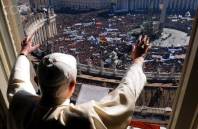

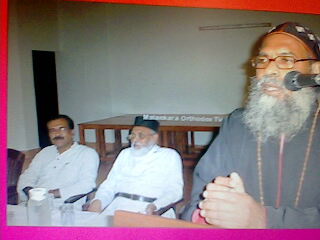
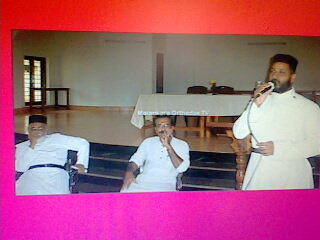 Dr.P.J.Cherian Sits in Middle
Dr.P.J.Cherian Sits in Middle 
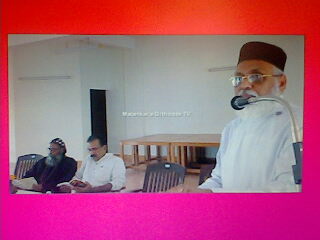


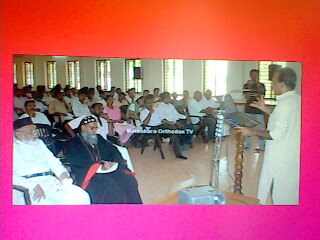
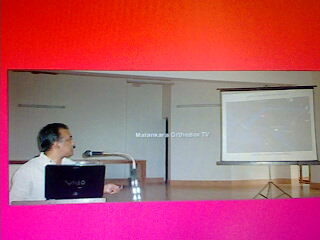






 New Delhi: Call it the Babri verdict fallout: A group of Dalit rights activists has decided to approach the government demanding that Buddha and Jain viharas that have been converted to Hindu temples be returned to the original owners.
New Delhi: Call it the Babri verdict fallout: A group of Dalit rights activists has decided to approach the government demanding that Buddha and Jain viharas that have been converted to Hindu temples be returned to the original owners. 





